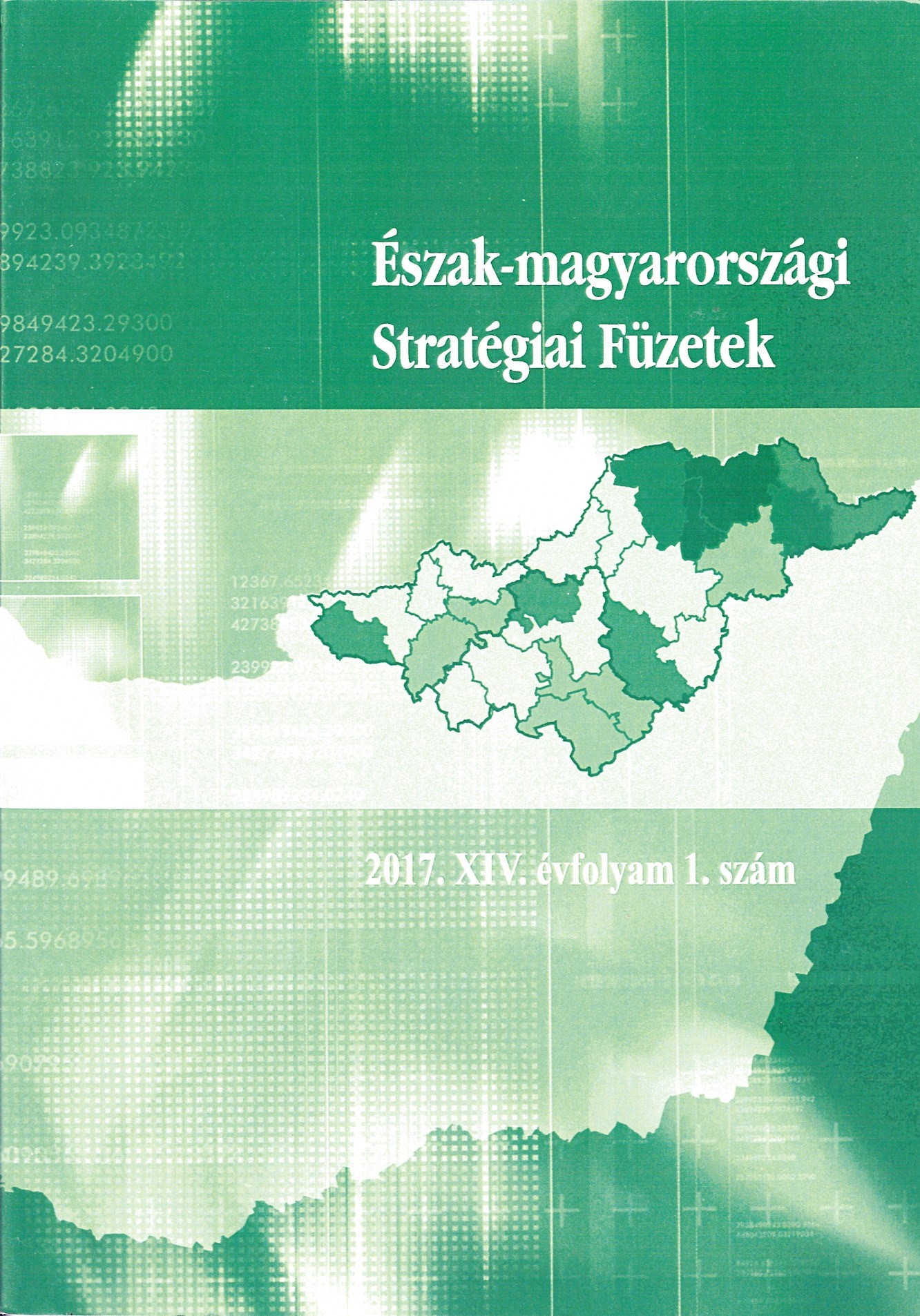The motivating power of poverty in the social and solidarity economy
Keywords:
poverty, exclusion, inequality, labor intensityAbstract
Many social enterprises are called to life by the struggle against poverty and social exclusion, as such problems are often not solved in a purely market economy context or with government subsidies and aid. The study examines the evolution of poverty and social exclusion as well as income inequalities and labor intensity in post-socialist countries both nationally and regionally, and draws attention to the regions in which there is the highest social need for the above mentioned objectives of social enterprises.
References
BEZEMERD. J. (2006): Poverty in Transition Countries. Journal of Economics and Business. Vol. 9. Nr. 1, 11-35.
BOKOR Á. (1987):Szegénység a mai Magyarországon. Magvető Kiadó: Budapest.
BUKODI E. (2001):Társadalmi jelzőszámok – elméletek és megközelítések.Szociológiai Szemle; 11. évf., 2. sz., 35-57.
EUROPEAN COMMISSION (2014a): A map of social enterprises and their eco-systems in Europe. Country Report: Hungary.
EUROPEAN COMMISSION (2014b): A map of social enterprises and their eco-systems in Europe. Country Report: Lithuania.
EUROSTAT EU statistics on income and living conditions (EU-SILC) methodology - material deprivation by dimension. http://ec.europa.eu/eurostat/statistics-explained/index.php/EU_statistics_on_income_and_living_conditions_(EU-SILC)_methodology_-_material_deprivation_by_dimension, letöltés ideje: 2017.02.20.
FÖRSTER M. F. - SZIVÓS P. - TÓTH I. GY. (2006): A jóléti támogatások és a szegénység: Magyarország és a többi visegrádi ország tapasztalatai. Budapest: TÁRKI.
GÁBOS A. - SZIVÓS P. (2004):Szegénység Magyarországon az EU-csatlakozás küszöbén. In: Társadalmi Riport 2004.Budapest: TÁRKI, 96-117.
GÁBOS A. - TÁTRAI A. - B. KIS A. - SZIVOS P. (2016): Anyagi depriváció Magyarországon, 2009-2015. In: Társadalmi Riport 2016. (szerk: Kolosi T., Tóth I. Gy.), 130-150.
HAVASI É. (2002) Szegénység és társadalmi kirekesztettség a mai Magyarországon.Szociológiai Szemle, 12. évf., 4. sz. 51-71. old.
KÖZPONTI STATISZTIKAI HIVATAL (2013): A relatív jövedelmi szegénység és a társadalmi kirekesztődés (Laeken-i indikátorok), 2012. Statisztikai Tükör 7. évf. 66. sz.
LEADBEATER, Ch. (2007): Social enterprise and social innovation: Strategies for the next ten years. A social enterprise think piece for the Office of the Third Sector, November 2007. http://www.peopleproject.eu/wiki/PEOPLE%20WIKIS/socialentrepreneurship/mainSpace/files/Social%20enterprise%20and%20social%20innovation.pdf Letöltés ideje: 2016. november 15.
LÉVESQUE, B. - Mendell, M. (2005): The Social Economy: Approaches, Practices and a Proposal for a New Community-University Alliance (CURA). Journal of Rural Cooperation, 33 (1), 21-45.
NOLL, H.-H. (1998):Social Indicators and Social Reporting: The International Experience; internetes forrás: http://www.ccsd.ca/noll1.html, Letöltés ideje: 2016. december 20.
SPÉDER ZS. (2002):A szegénység változó arcai: Tények és értelmezések; Andorka Rudolf Társadalomtudományi Társaság; Budapest. Századvég.
Downloads
Published
How to Cite
Issue
Section
License

This work is licensed under a Creative Commons Attribution-NonCommercial-NoDerivatives 4.0 International License.



